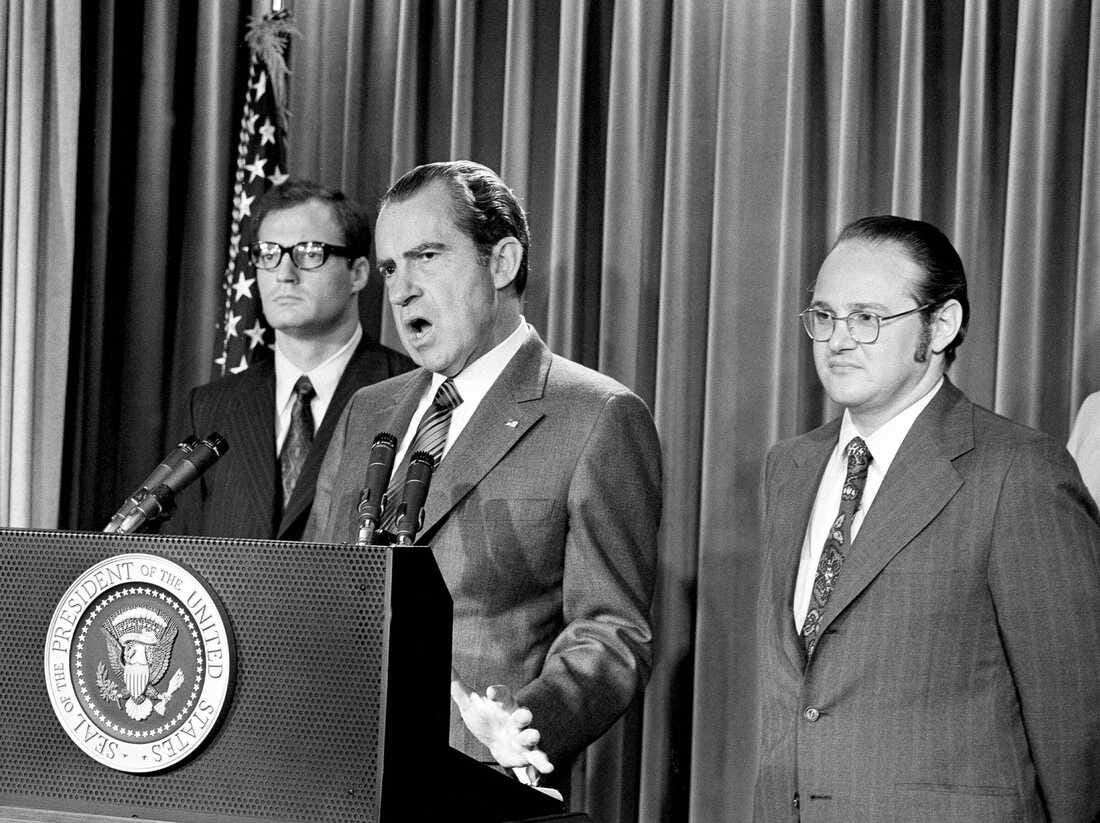Overdose Deaths Plummet. Finally, Some Good News!
So the question is...who gets the credit?
In the early 1970s Richard Nixon declared war on drugs. Then, he was able to pretty much stop heroin from getting into this country. By the early 1980s only about 2,000 Americans per year were dying from drug overdoses.
Just 2,000! These days that number is over 100,000.
That means, owing largely to fentanyl, for every person who died 40 years ago (back when we thought things were terrible), now fifty people are dying.
But after years of bleak news, there’s finally reason for optimism. The CDC is provisionally reporting a 10 percent decline in U.S. overdose deaths between April, 2023 and April, 2024. And researchers who spoke to NPR believe the final tally could be even better.
It’s not time to break out the non-alcoholic champagne yet. That’s still more than 100,000 deaths over the past year. And we’ve seen drops before, like between 2018 and 2019.
But not like this. This is truly encouraging.
So, the question on everybody’s mind is: What worked? After years of failure we’ve finally made some progress. What exactly did we do that was so successful?
This question is difficult because we’ve truly been throwing shit against the wall. We’ve tried everything from harm reduction to stiffer drug penalties, from de-criminalizing drugs to re-criminalizing drugs.
One thing that makes me happy is that, for the most part, this has been a bipartisan effort. Democrats pay more lip service to harm reduction, while Republicans talk tougher about China and the Mexican cartels. But in reality both parties have allocated money and resources similarly. They both get credit for steering increased funding toward harm reduction, though they also share blame for wasting hundreds of billions trying to stop drugs from getting into this country. (For reasons too complicated to get into here, it was possible during Nixon’s time to halt the drug flow, but not now.)
It’s crazy that we live in a time when drugs are the one thing politicians can agree on. Fentanyl = Bad, while Marijuana = Good. Even Trump supports legal weed in Florida.
Overall, when it comes to domestic drug policy, the trend has been towards harm reduction. With some exceptions, in recent years drug users, and even drug dealers, receive less prison time. Narcan is everywhere, needle exchanges are more common, and even a few supervised injection facilities have been approved.
The problem got so bad that it started affecting the families of people in power, from politicians to judges, and their hearts opened up.
I also believe widespread education campaigns have been helpful, contributing to the steep drop in youth drug use. Kids may be dumb, but they’ve learned not to fuck with fentanyl.
But back to harm reduction: As much as I support it, and I believe it contributed to the drop, I’m not prepared to give it full credit. Why?



